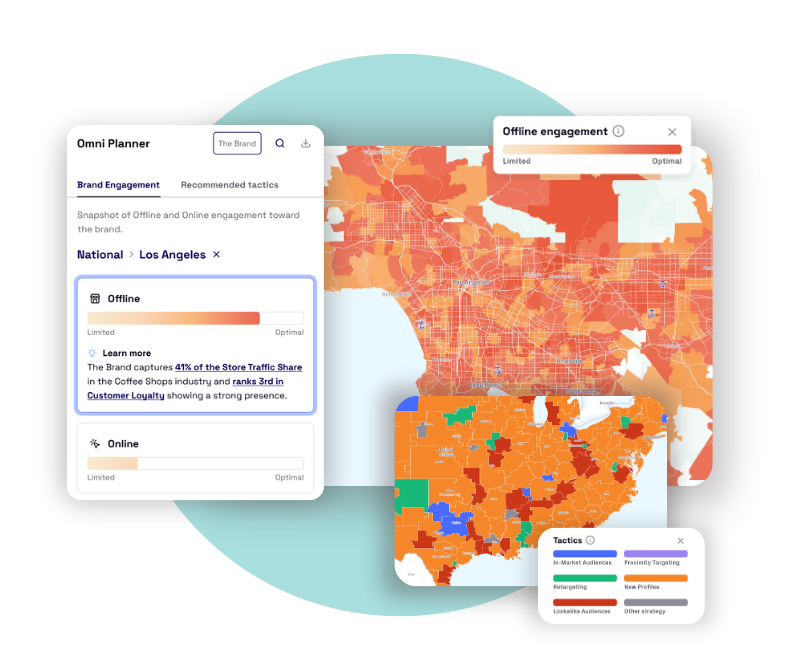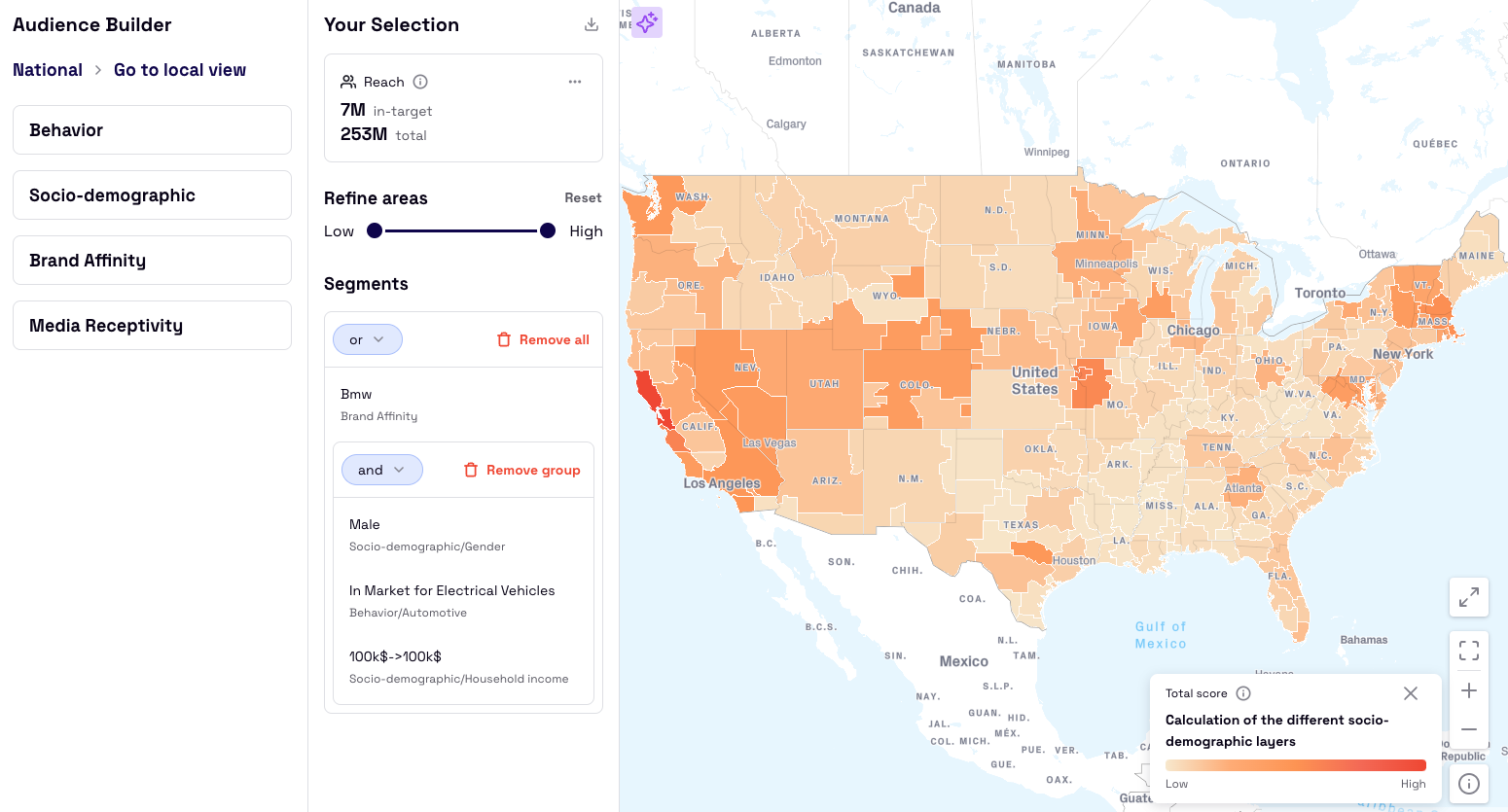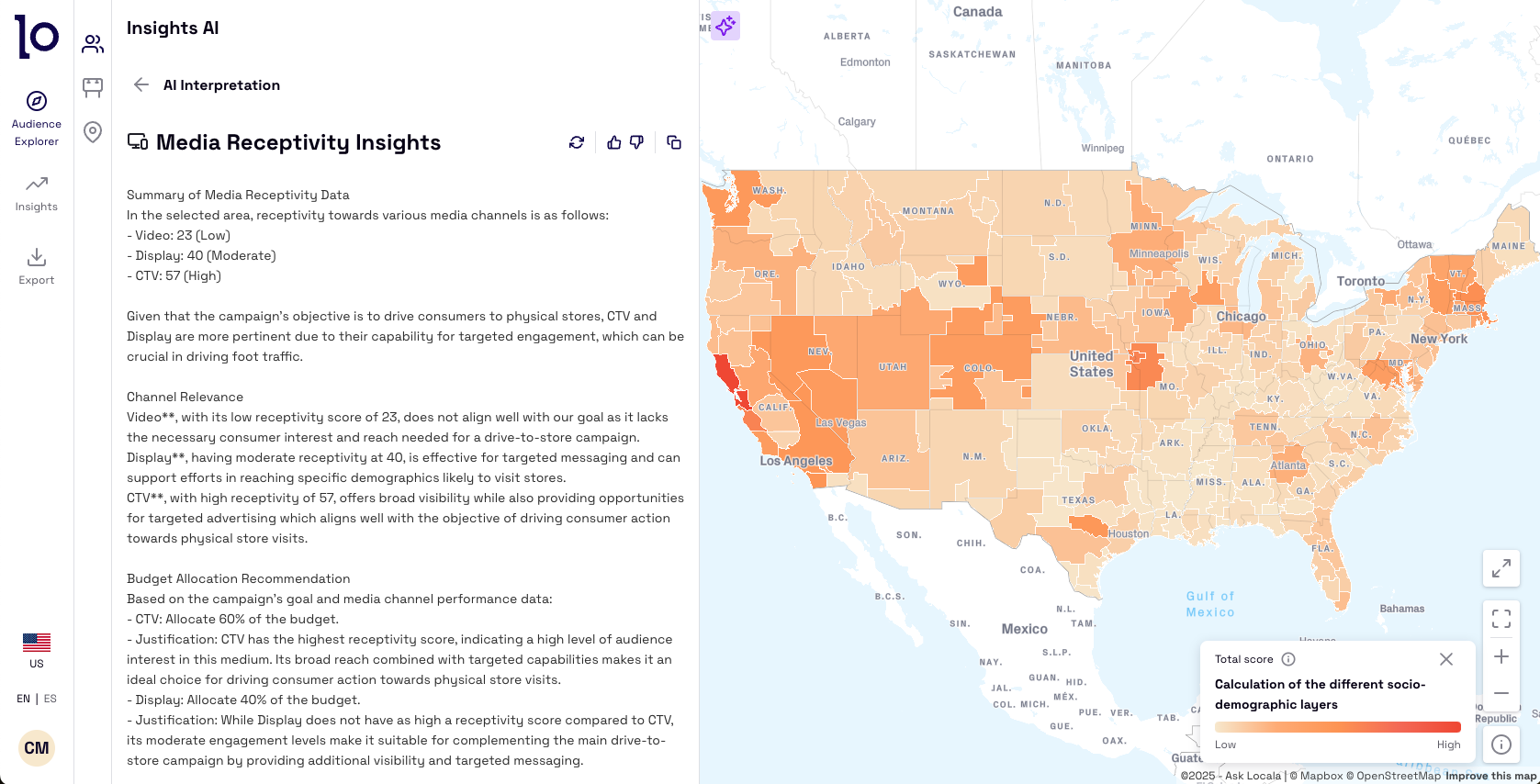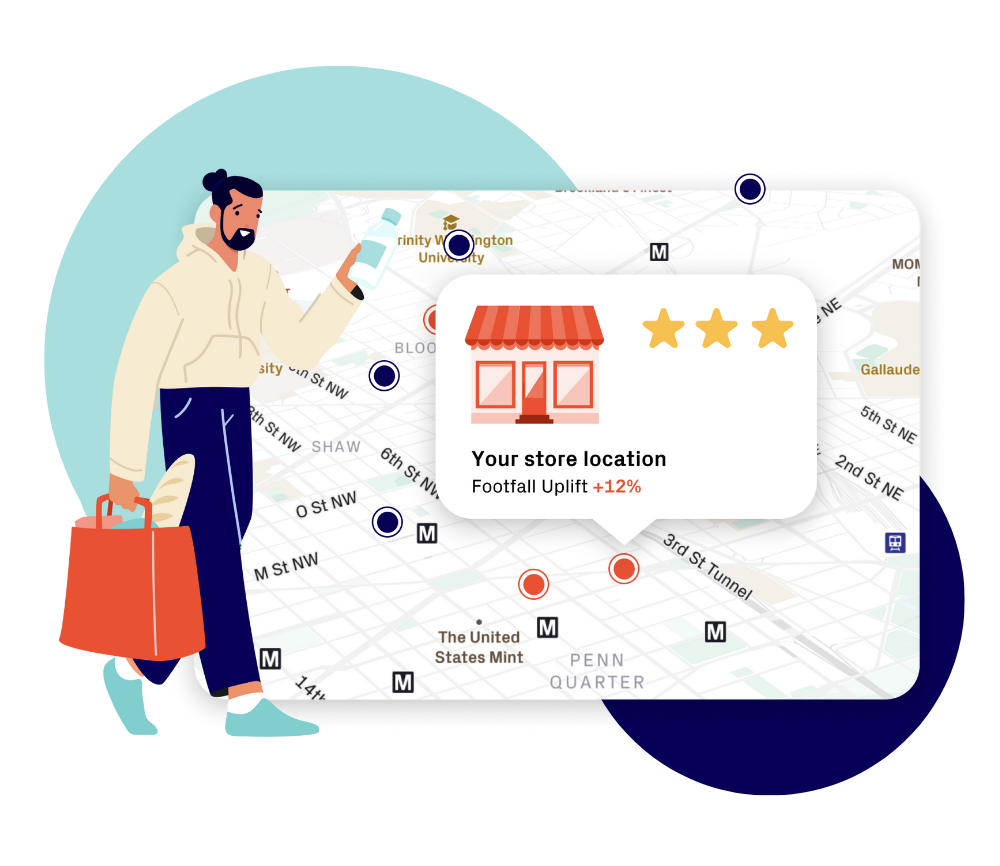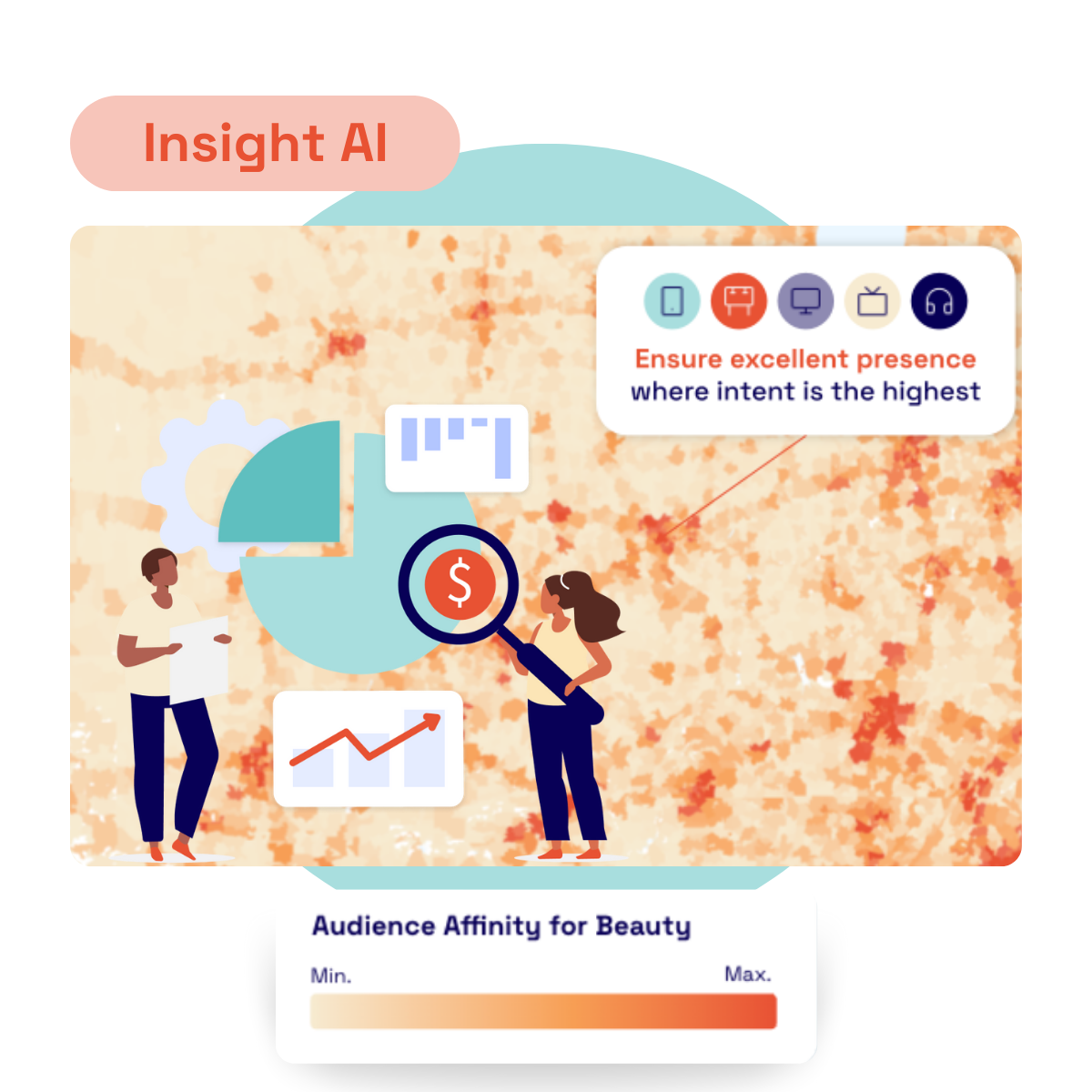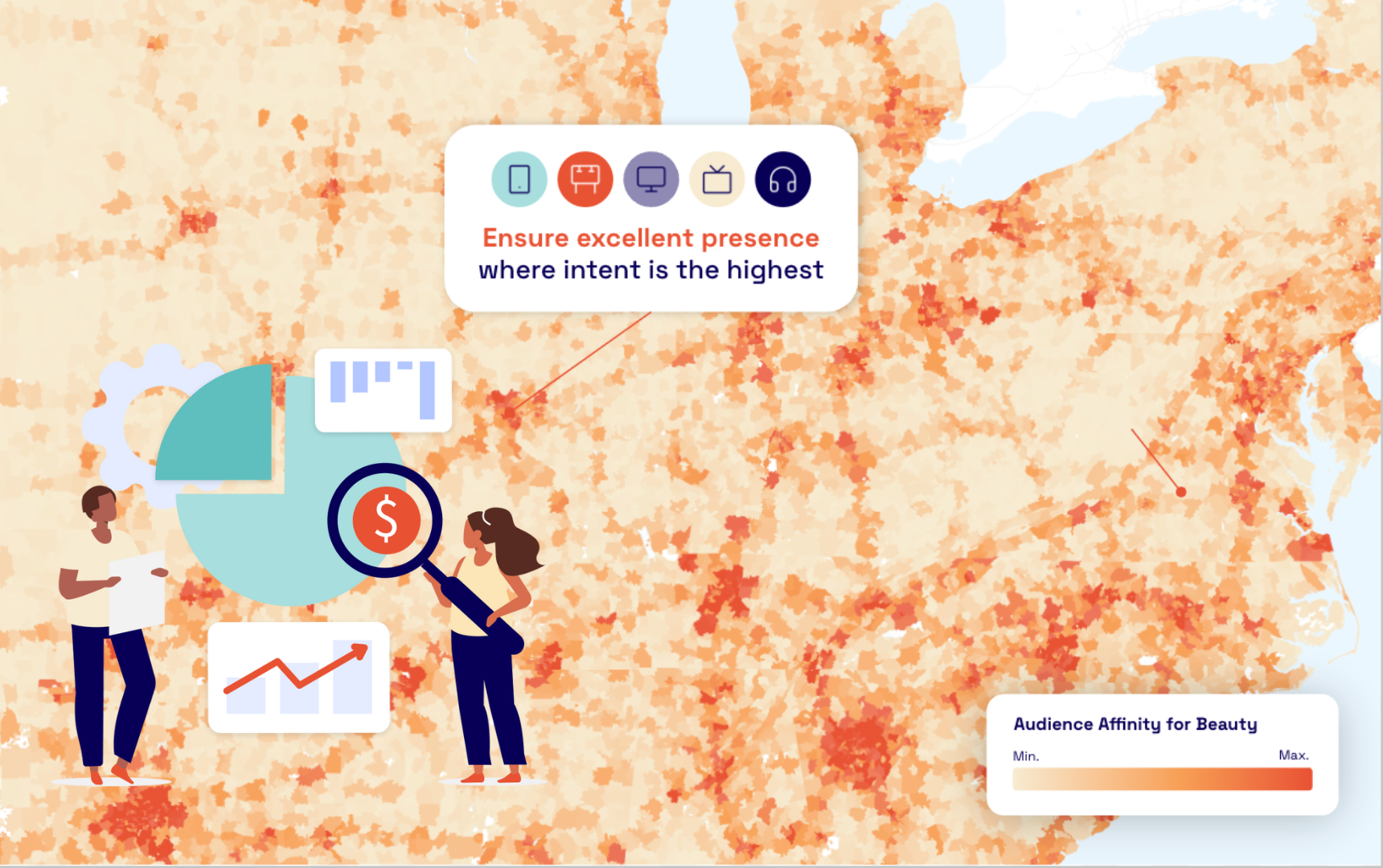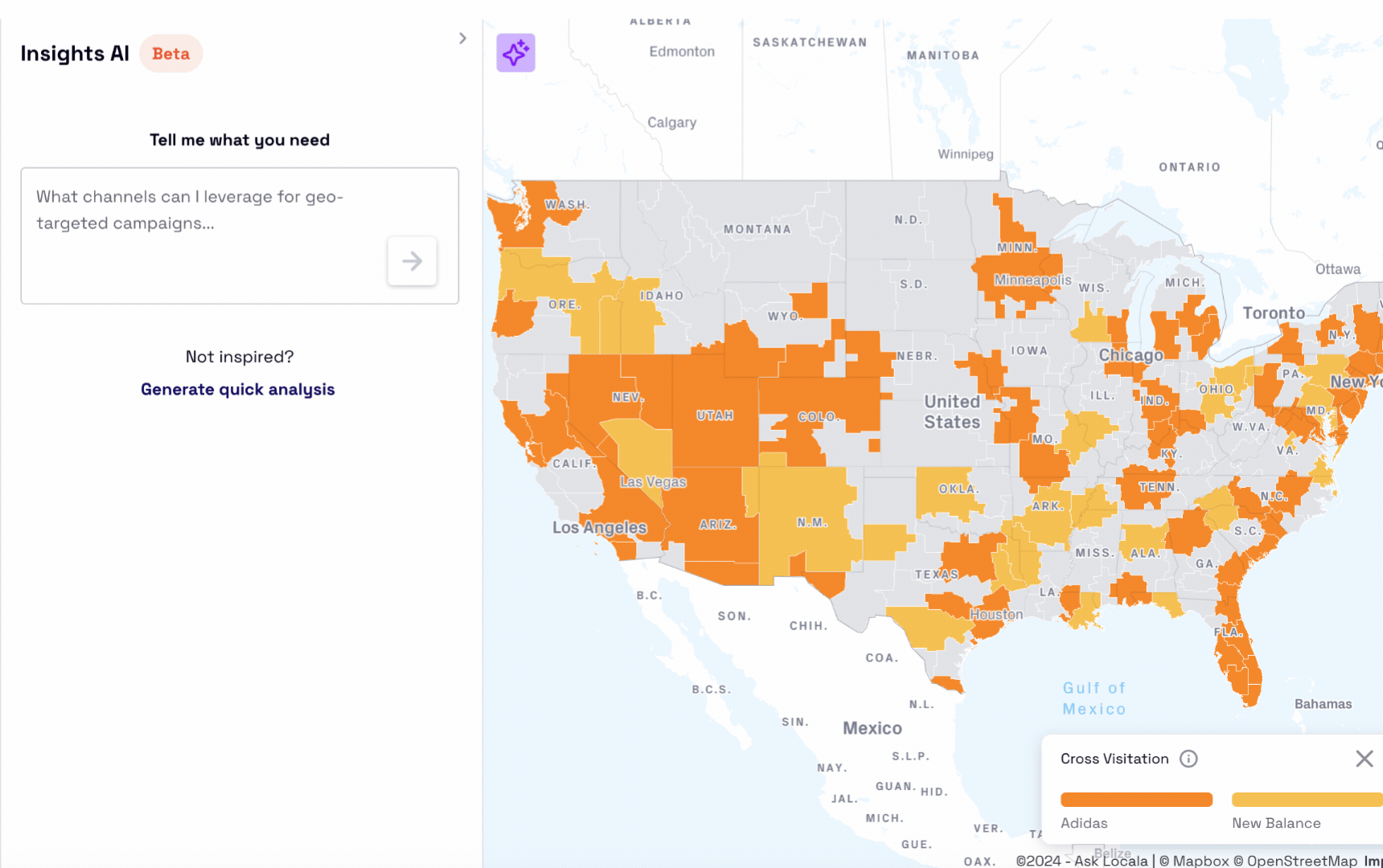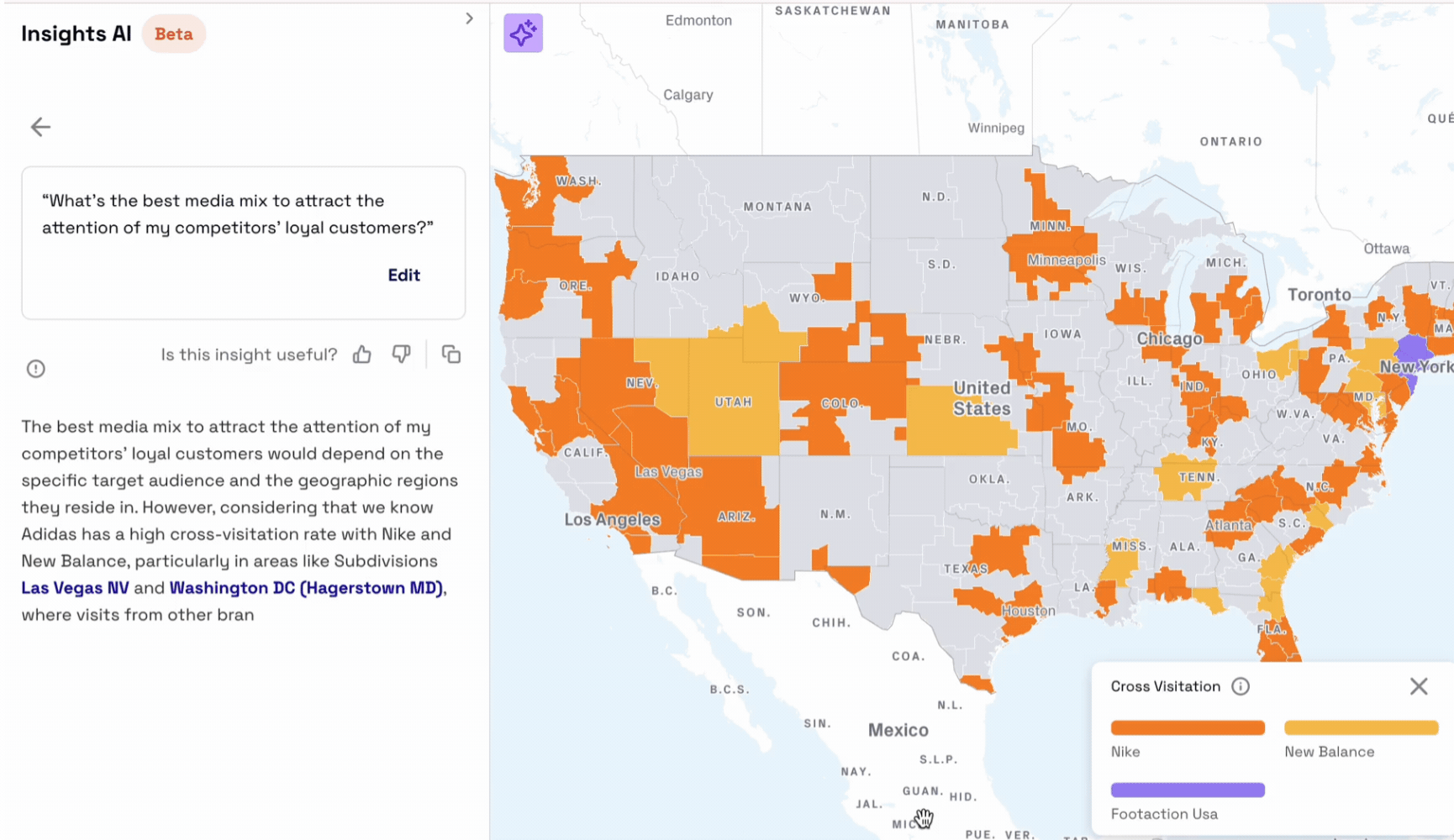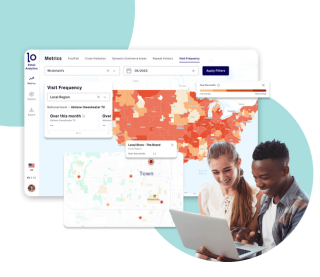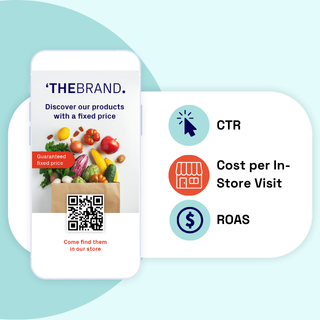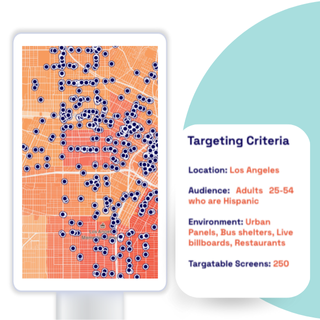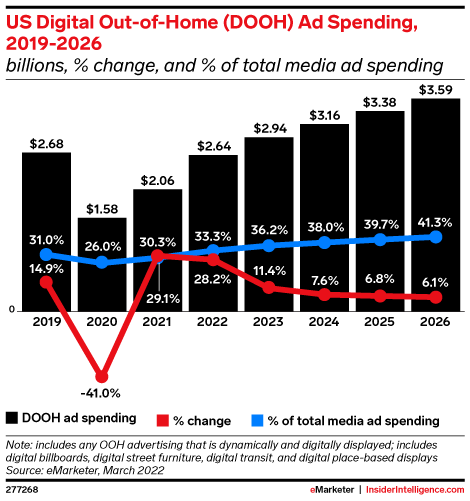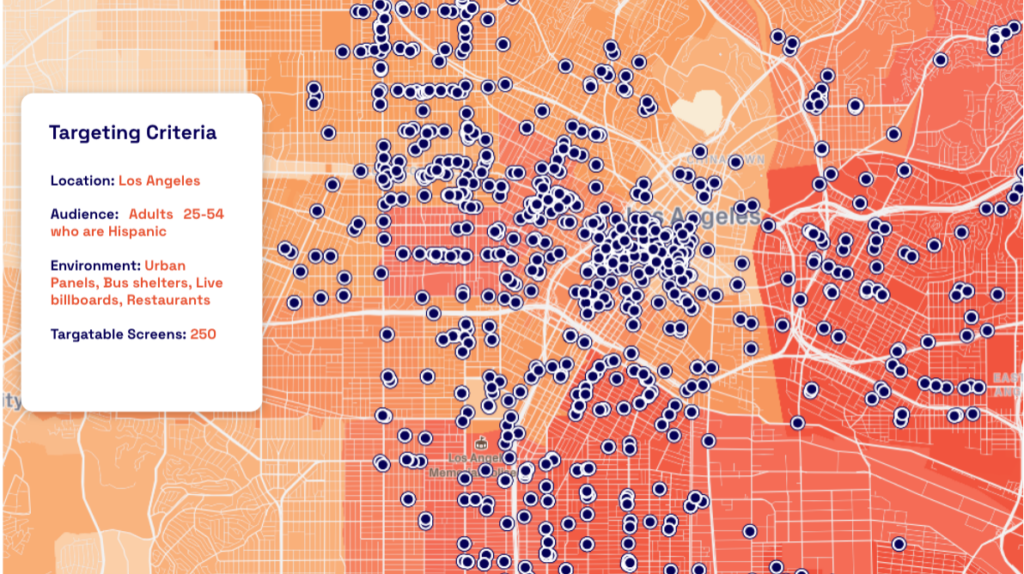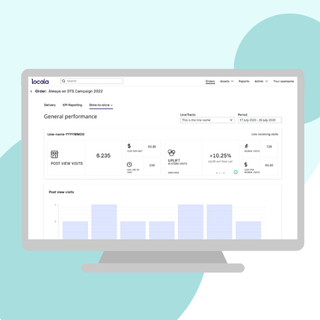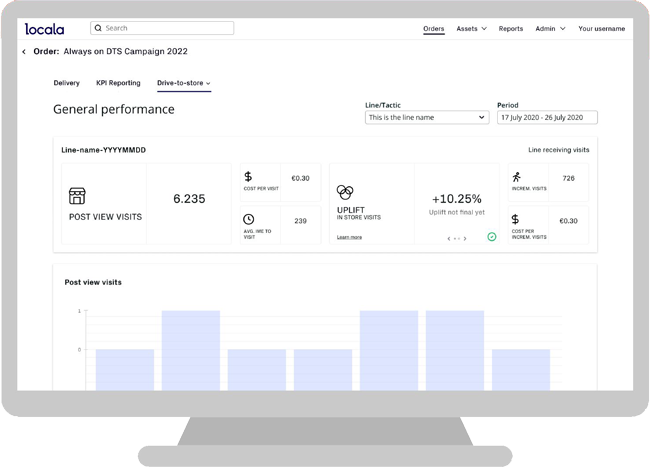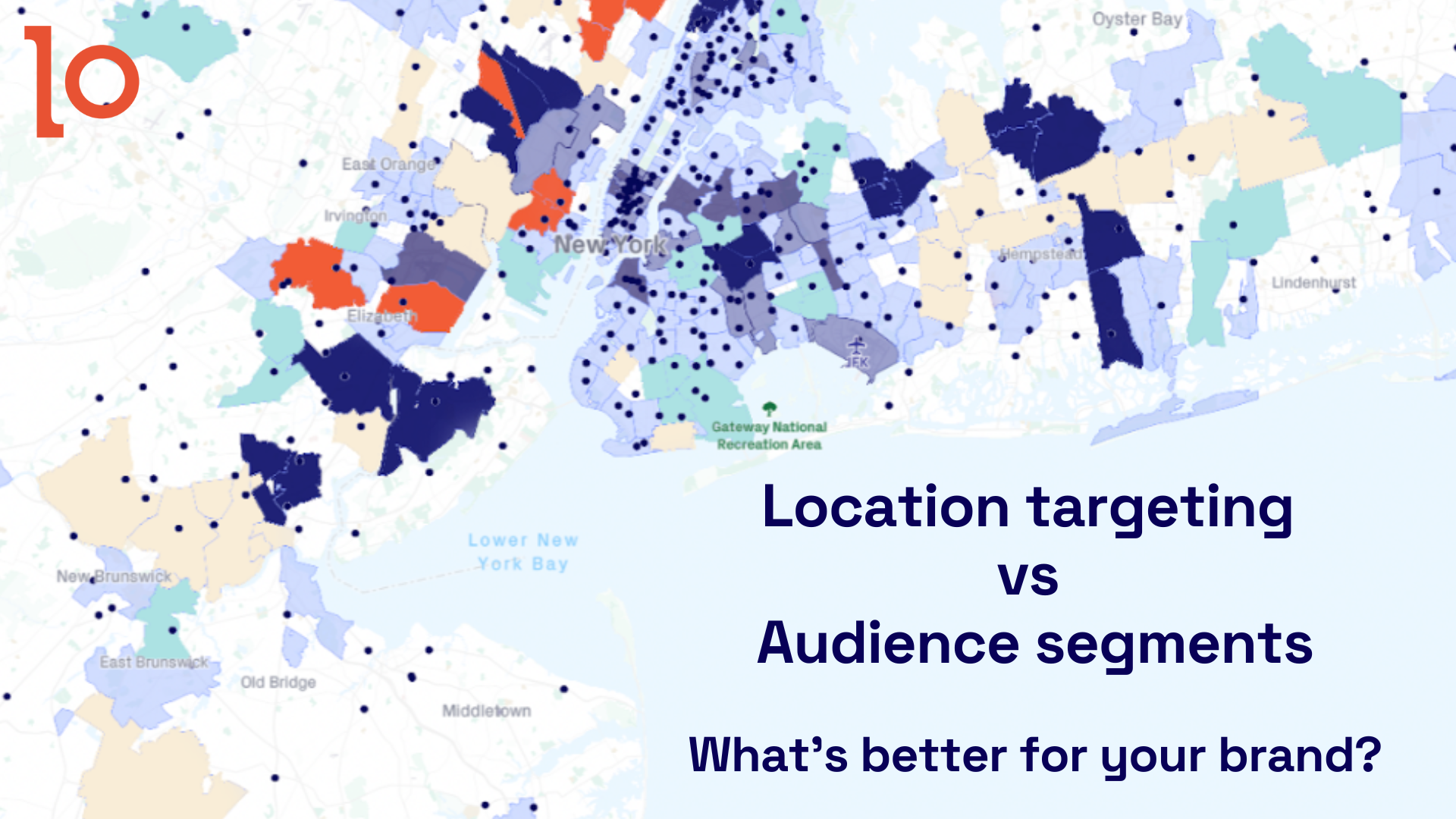Planning a media campaign shouldn’t feel like stitching together disconnected tools or wrestling with fragmented data. That’s why we’re thrilled to introduce Omni Planner, Locala’s newest campaign planning tool built to unify online and offline engagement data and help marketers create smarter, more locally relevant campaign strategies with ease.
Whether you’re launching a national rollout or fine-tuning a city-by-city approach, Omni Planner gives you the clarity and control to do it better. And faster.
The Problem with Traditional Planning
Marketers today face growing pressure to prove performance across increasingly complex campaigns. With more channels, more data, and tighter timelines, planning has become one of the most resource-draining parts of the media process.
Yet most planning tools still fail to bridge the gap between online and offline engagement. They rely on fragmented systems and outdated workflows, forcing teams to piece together insights, build manual market plans, and make critical decisions without a full picture.
It’s like navigating with only half a map and no compass; you can move forward, but you’re more likely to take wrong turns, miss opportunities, and waste time (and budget) retracing your steps.
So we gathered our most trusted experts in planning, data, and product design to ask: how do we make media planning easier and more impactful for modern marketers? What we landed on is something we’re really proud of: Omni Planner. A smarter, more intuitive way to plan in a fragmented world.
Why Omni Planner, and Why Now?
Today’s consumer journey doesn’t follow a single path. People switch between devices, storefronts, and experiences without skipping a beat. Their behavior is fluid, and their expectations are very high.
That reality demands more than static rollout strategies, and siloed insights won’t get you there. To truly resonate, marketers need to understand not just what people do, but where, when, and why they engage.
By incorporating Digital Data from Similarweb, Locala equips marketers with full-funnel insights that combine online and offline signals—giving a clearer, more complete view of how consumers engage.
Omni Planner was designed for this new era. By combining digital and real-world engagement signals, it gives marketers the ability to see the full picture and plan campaigns that reflect how people actually live, shop, and make decisions, market by market, moment by moment.
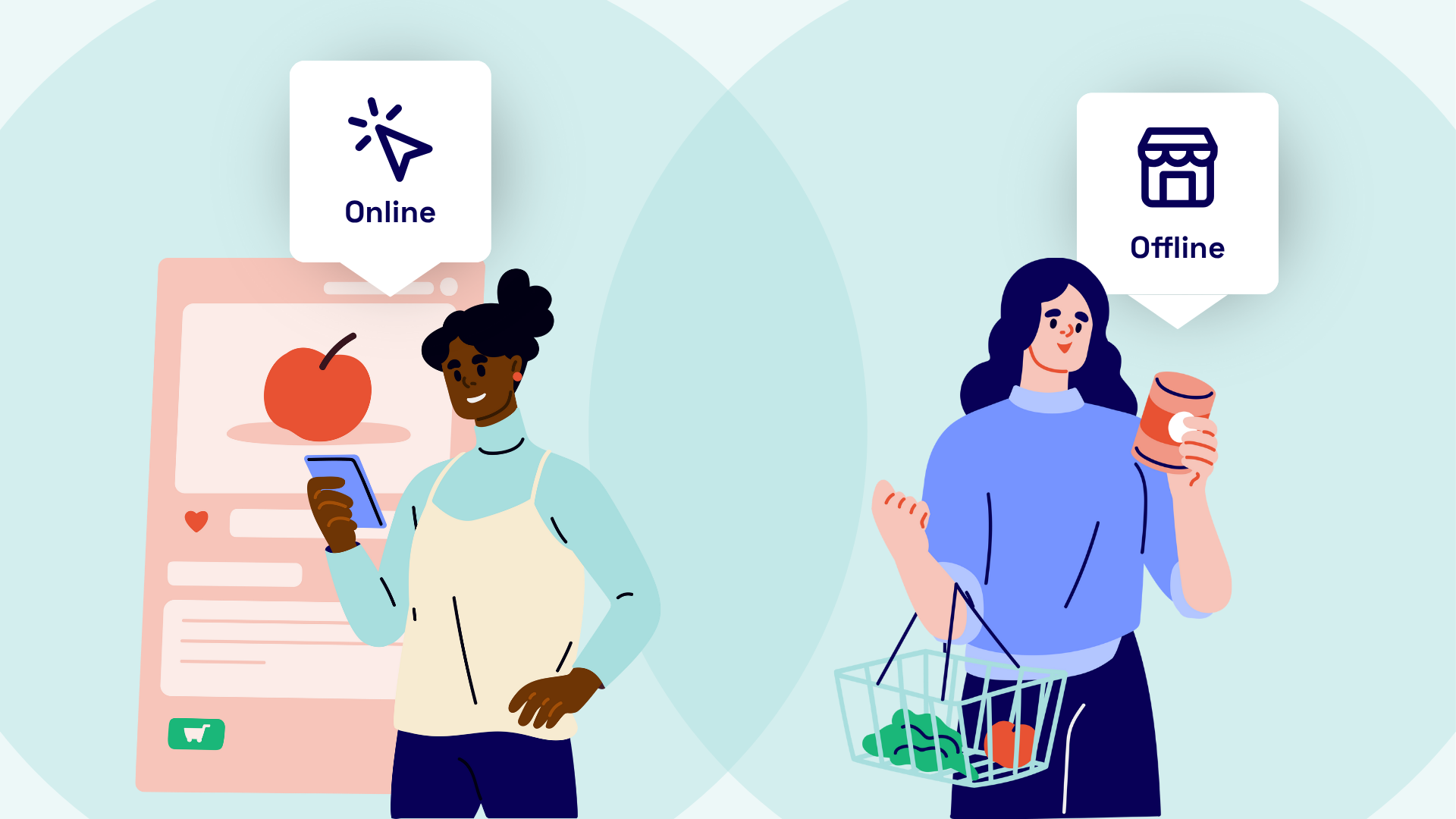
What You Can Do With Omni Planner
With Omni Planner, your team can:
- Get a unified view of audience behavior across physical and digital touchpoints
- Benchmark your performance to understand how you stack up against competitors in each market
- Generate localized, scalable media plans—without tedious, manual planning
- Adapt campaign strategies to regional realities in just a few clicks
Seamlessly integrated into our planning framework, Omni Planner adds a powerful layer of intelligence that helps us plan and deliver campaigns with greater speed, adaptability, and impact, empowering marketers to outperform, market by market.
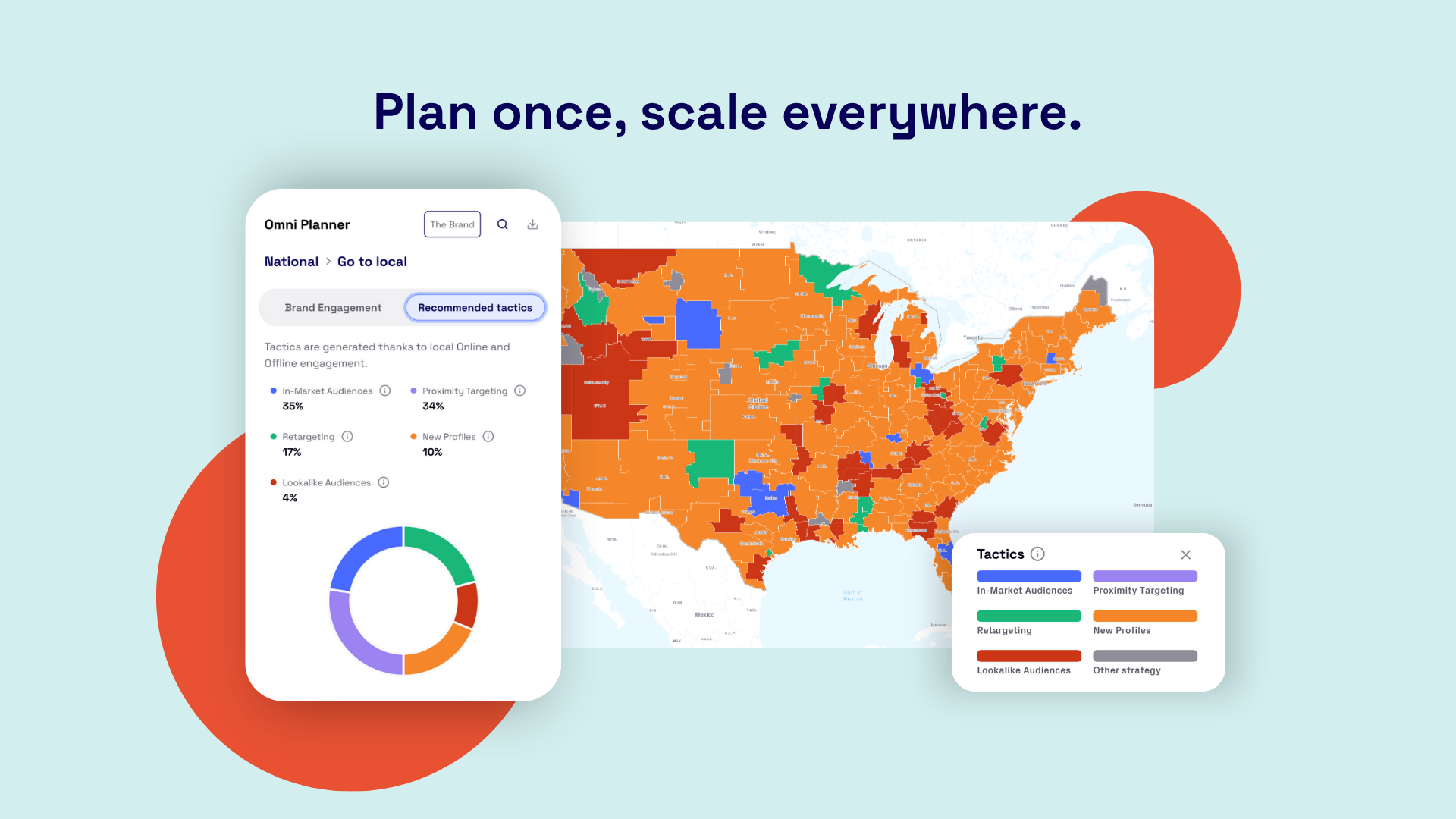
So, How Does it Work?
Omni Planner analyzes performance across two key environments: online and offline. Within each, it looks at two critical pillars of consumer behavior—giving marketers a complete view of how audiences discover, interact with, and choose their brand.
In the offline world, Omni Planner measures:
- Attractiveness – your share of local foot traffic
- Preference – your ability to retain or win store visits versus competitors
In the online space, it captures:
- Awareness – your share of website traffic in a market
- Engagement – what people actually do once they land on your site
By understanding the interplay of these four performance pillars, Omni Planner helps you uncover where you’re strong, where you’re losing ground, and why. It then uses that intelligence to generate localized, insight-led media strategies that drive impact at the market level—without the need for spreadsheets, disconnected tools, or time-consuming manual planning.
It’s a smarter, more strategic way to scale what works and fine-tune what doesn’t—giving you full control, without the resource drain.
Built on Proven Results
While the feature itself is new, the methodology behind Omni Planner isn’t. Brands that have already used a localized, engagement-based approach have seen:
- A 25% increase in attention
- A 70% lift in brand preference
- ️ A 30% boost in store visitation
Those aren’t just metrics, they’re proof that smarter planning leads to better business outcomes.

See Omni Planner in Action
Want to know what unified planning actually looks like? We’d love to show you.
Explore how the Omni Planner campaign planning tool connects online and offline data, localizes strategy at scale, and simplifies campaign planning—step by step.

